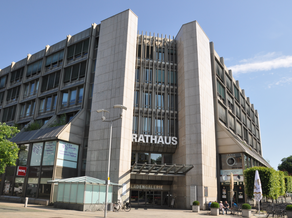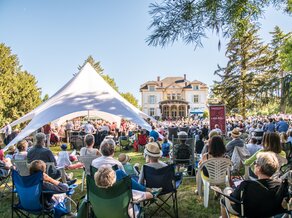Old and dead trees are important for animals in the Bad Homburg forest. The trees should remain throughout the forest. The forest should grow naturally. In some places, the forest should no longer be used. This is important at springs or near water, for example. The forest should look beautiful. This is important for people who want to relax in the forest.
Flower-rich edges are important for animals and plants. They are also important for people who want to experience nature. In large fields, roadsides and small areas with grass and herbs are important. These areas should remain and new ones should be created.
The landscape should be beautiful. This is important for recreation. Old buildings and excursion destinations are also important. Good paths are important. For example, the regional park route.
Rivers and areas that flood should remain natural.
In addition to streams, open spaces are important. These areas should be well designed and maintained. Open spaces should be connected. This is important for recreation. For example, through new paths or greenery along roads. The edges of places are also important. They are the transition between the city and nature.















